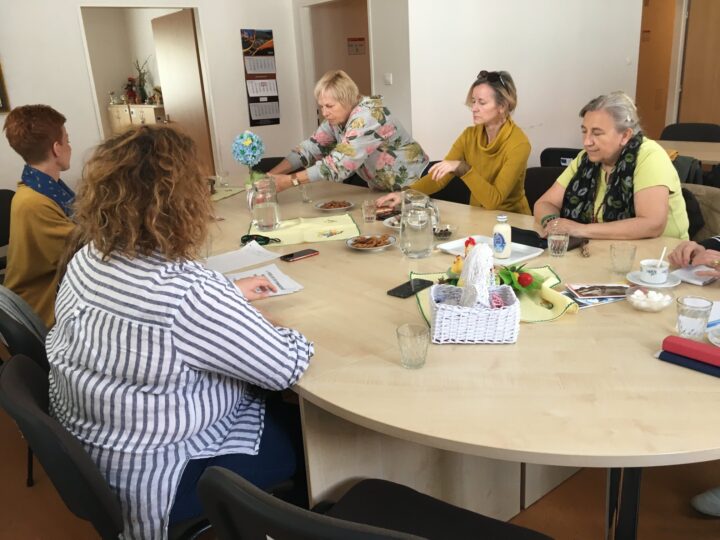
Make our city inclusive, safe, resilient and sustainable (Slovakia)
Healthy City Community Foundation
Country: Slovakia
The Healthy City Community Foundation was established in 1994 as the first community foundation in Central and Eastern Europe. Its mission is to strengthen social capital, improve the quality of life in the region of Banská Bystrica, Sliač, Zvolen (200,000 inhabitants) and support the development of volunteering and philanthropy. They are supporting small community projects, running the YouthBank program, and developing programs for donors.
According to their research, the knowledge about SDGs in their region is very low. State and Local government institutions proclaim this knowledge, but it is only on a theoretical level and passive, for example, the website of Banská Bystrica municipality has no mention of SDGs, and no municipal strategic documents are linked with SDGs. There is also a lack of written materials in the Slovak language, and those that exist, use a quite complicated official language. They want to open discussions with their NGO partners, grantees, and donors. To get the public’s attention, they will demonstrate the SDGs through specific local examples and show the importance of common efforts to work on them.
Project Goals:
- Enhance understanding and awareness of the SDGs, particularly goals 1, 5, 10, 11, 13, 16, 17, in the local community in Banská Bystrica, including NGOs, local government, and the Foundation’s stakeholders.
- Develop and implement a versatile communication strategy on the SDGs tailored to local issues, making the information accessible and relevant to diverse age groups.
- Integrate SDGs into the Foundation’s policies and grantmaking criteria, fostering a long-term commitment to sustainable development.
Target Audience:
- Internal Stakeholders (Foundation’s Staff, Board, and Volunteers): Increase knowledge about SDGs and align the Foundation’s activities with SDGs.
- External Stakeholders (NGOs, Grantees, Local Communities): Raise awareness and understanding of SDGs, encouraging participation and collaboration.
- Donors and Potential Donors: Highlight the Foundation’s commitment to SDGs and attract support for sustainable initiatives.
Key Activities:
Knowledge Building (Jan-Jul):
- Internal discussions, seminars, and exchanges with experienced CFs colleagues.
- Information collection from various sources, including national and international institutions.
- Communication training for Foundation staff, NGO partners, and grantees.
Communication Strategy Development (Aug-Dec):
- Evaluate and modify collected information to align with local issues, needs, and demographics.
- Create diverse communication materials (in Slovakia) for different age groups.
- Conduct communication training for relevant stakeholders.
- Establish an SDGs e-library for publicly available materials (in Slovak language).
- Conduct webinars and online presentations to introduce SDGs as part of the grant-making policy for grantees, applicants, and NGOs.
- SDGs Implementation Strategy (Jan-Mar):
- Incorporate SDGs into Foundation policies, including mission, vision, values, and grantmaking criteria.
- Start the first phase of SDGs implementation in the grantmaking program.
- Conduct workshops and round tables for applicants and grantees on SDGs.
- Organize topic-oriented round tables on sensitive SDGs topics in local communities.
- Digital communication: social media (Facebook, Instagram, e-newsletter, website and blog).
- Using infographics to visually represent specific SDGs related to the Foundation’s activities and supported projects.
- Printed material about SDGs – leaflets or brochures for specific groups like seniors, and children.
To measure increasing knowledge of SDGs among different groups – staff, volunteers, and members of the foundation’s bodies—they will use a short survey comparing their knowledge and approach at the beginning and at the end of the project.
